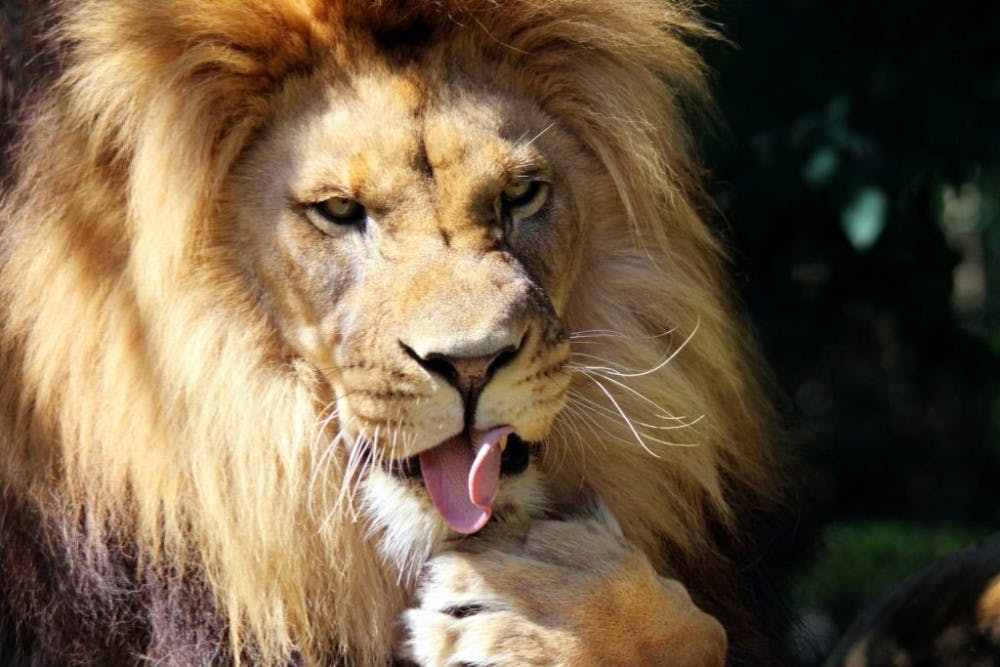They’re depicted throughout art as symbols of strength and beauty, and although we don’t treat actual lions too well, we have deep appreciation of the symbolic majesty of the idea of a lion.
However, modern society wasn’t the first to have lion worshipers. In 2004 French archeologists uncovered the first ever mummified lion in the tomb of King Tutankhamun’s wet nurse. You may have heard that ancient Egyptians worshipped cats, so maybe it isn’t that far of a leap to believe they worshipped lions.
Many of the Egyptian goddesses are depicted with lion faces including Sekhmet, a terrifying deity often referred to as “the destroyer” (and that was by the people who worshipped her). The other lion-headed goddess you may have heard of is Bastet, who is technically just Sekhmet’s other “head.” Bastet (who is sometimes depicted with the face of a domestic cat) is thought to represent the better nature of Sekhmet, and together the two depict the two faced nature of women. Aren’t ancient civilizations just so quaint?
Egyptians also believed that lions were the animals of the gods. For this reason maybe it’s not surprising that Pharaohs often kept them as pets.
Then of course there is the great sphinx, perhaps the most obvious symbol of lion worship. The word “sphinx” does not come from ancient Egyptian (which makes sense if you think about it) but was actually taken from ancient Greece. The statue was named about 2000 years after its construction for a mythological creature with a woman’s head, a lion’s body and the wings of an eagle, which I guess was close enough to the man-headed, wingless statues that are actually present in Egypt.
Although this moniker may not be exactly accurate, it does offer us a nice segue into talking about lions in ancient Greece. Perhaps the most famous of these is the mythological Nemean lion.
This lion was a supernatural beast who liked to hang around the town of Nemea. Legend has it that he would steal women from nearby towns, drawing on the machismo of all the local heros to lure them to his cave. However, when these men would come to “save” the women, they would turn into lions and kill them. (I’m sensing a theme about women here.)
So aside from the shapeshifting, the problem with the Nemean lion was that it’s skin was impenetrable by human weapons. So Hercules must’ve been a little baffled when he was faced with such a monster as his the first of his 12 labours. Thankfully a woman stepped in, and Athena pointed out that Hercules should use one of the lion’s own claws as a weapon.
There’s one more thing that ancient Greece and ancient Egypt have in common. Both of them no longer have lions native to their area. In Greece lions went extinct around 100 BC and in Egypt the last Barbary lion is commonly thought to have been killed by a French Colonial hunter in 1922.






